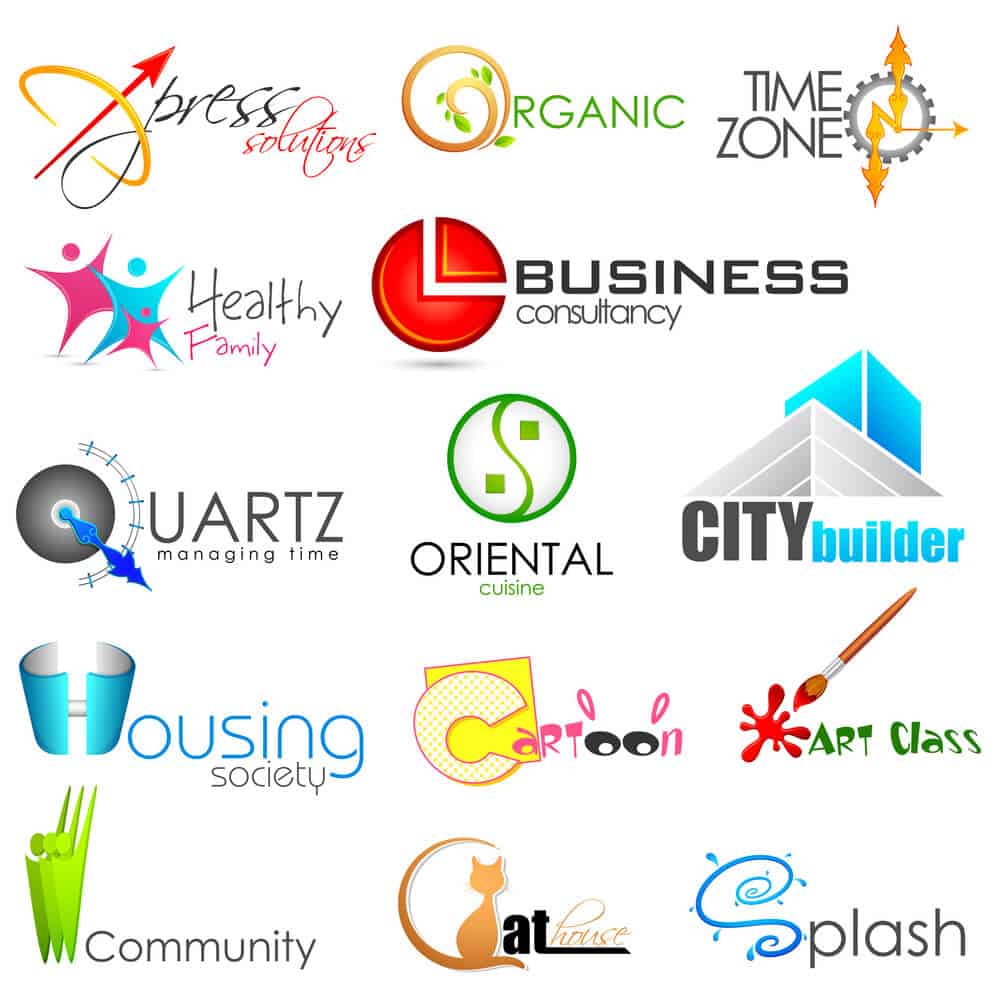Logo design over the years has had to adapt as interaction between clients and brands have evolved. In the past, the only real place a business’s logo would be seen was above a brick-and-mortar store.
However, the emergence of technology and its continued prevalence has meant that logo design now has to be able to cut across numerous platforms, digital and otherwise.
In order to really create a memorable logo design, it’s best to taper down your ideas and focus on the primary message that you want to get to your clients. Take your idea and narrow it down to its most basic and natural from.
An uncomplicated and scalable design is a sure-fire way for you to increase user experience. A straightforward design means that the logo can be utilized not only in print, but also on screens and any merchandise that you’d like your business to have. The design should still inspire brand recognition in viewers, no matter the format.
How have logos had to adapt to screens?
Most people interact with brands using their smartphones, and on small screens, some scaled logos became warped. This plays havoc with user experience and turns clients away from your business.
It’s vital that your logo suits various screen sizes and numerous platforms.
How does logo design add to user experience?
According to Forbes’s list on The World’s Most Valuable Brands, Google is the second most valuable brand in the world. In 2014, they redesigned their logo and went further than most other companies in their design.
They designed two extra extra logos depending on the device where the search is being conducted.
Their original logo is a redesigned sans-serif flat design which is representative of the fun nature of the company itself. The second logo is the Google “G” which is a scalable mark which represents the feeling of the full logotype even when it’s being viewed on limited spaces. The final logo consists of the colored dots which are shown in moments of transition.
Google led the pack in flat logo design and have reported “Focus on the user and all else will follow. With this in mind, we seek to design experiences that inspire and enlighten our users.”
Why use flat design?
Seeing as user-experience is exceptionally important, flat design has become exceedingly popular. It started around the early 2000s and is based off of minimal and Swiss Style topography. It’s become more popular in recent years, especially since Apple used it in their iOS7 launch. Flat design is essentially a minimalistic design style which quite often utilizes simple, two-dimensional features and bright colors, and there are no three-dimensional effects (such as drop shadows)
Such a straightforward logo increases the load time of your site which is beneficial to sales and strengthening user experience. Flat design takes away patterns, shadows, and gradients and this means that logos can be easily identified across platforms no matter the size of the screen.
The reason for its usefulness is because it’s ideal for fast loading and easy scaling which makes it perfect for a user base which uses screens more than ever before. Seeing as it allows for quick loading, customer satisfaction is increased exponentially. While some may believe that this is a minor improvement, it has been seen that a decrease in load time by a mere one second can lessen sales by 7%.
Here’s a good place to start designing a great logo:
TRUiC (The Really Useful Information Company) is a site started by a couple of entrepreneurs who understood the importance of education in the journey of success. As such, the website is filled to the brim with uncomplicated how-to-guides which makes entrepreneurship available to the average-joe.
More than 250,000 Americans have found the site exceedingly useful in starting their own businesses. This speaks to the easy-to-understand and effectual nature of the guides that they share freely.
One service that they provide is a free logo maker carefully compiled by their in-house designers and open source graphics which gives users a range of choices of unique and creative logo design options which are high-resolution and free to download.
This content was originally published here.


